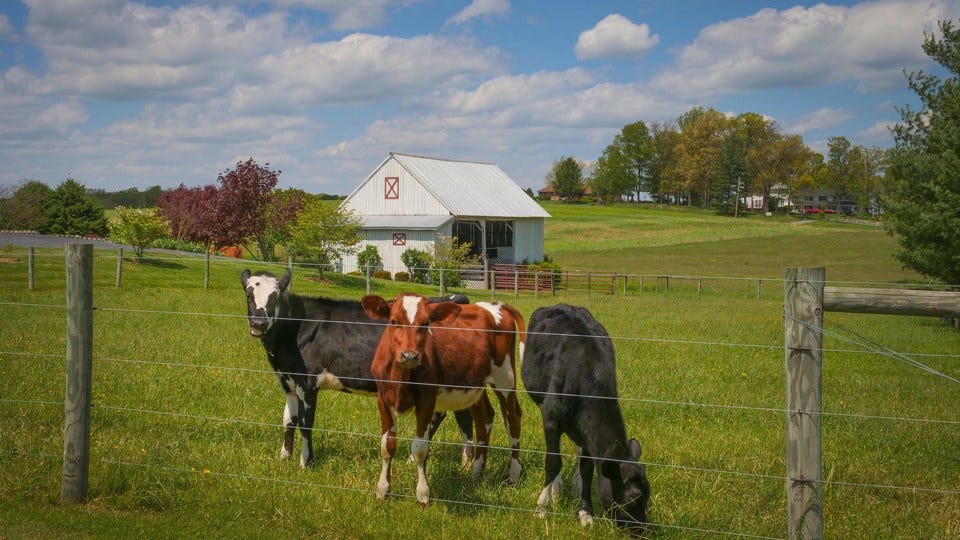Purdue, Microsoft to Gauge Food Chain Vulnerability
 (photo courtesy: USDA/Preston Keres)
(photo courtesy: USDA/Preston Keres)
Subscriber Benefit
As a subscriber you can listen to articles at work, in the car, or while you work out. Subscribe NowAn agricultural economist at Purdue University has developed an online tool to help quantify the potential COVID-19 risk to the supply of agricultural products due to worker illness.
Jayson Lusk, department head of agricultural economics, collaborated with Microsoft to create the Purdue Food and Agricultural Vulnerability Index.
“This was a tool that came about largely because questions I was getting early on after COVID first started hitting and grocery stores shelves were being emptied,” explained Lusk. “One of the main questions I was getting was whether we had enough food to eat.”
The online dashboard gauges the share of agricultural production at risk by combining data on the number of COVID cases in each U.S. county with the county’s total population
“This tool was designed to help us detect if and when a problem emerges,” said Lusk.
Lusk said the vulnerability of the supply of an agricultural commodity to risks such as COVID-19 depends on a number of factors, the number of farmers and agricultural workers affected, location of affected workers, crops and animals that are grown in the most impacted regions, and the degree to which production is concentrated in a particular geographic region.
“Digital tools can help alleviate some of the stresses we are currently facing in the food sector. We are collaborating with Purdue University to interpret data from different sources, and from multiple points in the supply chain, to add more visibility and identify potential risks to our food system,” said Ranveer Chandra, chief scientist for Microsoft Azure Global.
While the tool was just released this week, so far, the data in this tool indicates the risks to farm production from COVID-related illnesses is very low.
“The share of ag production at risk for most major ag crops is far less than one percent. It goes to show where the problems we have are not from the farm sector but from the food processing sector,” explained Lusk.
Indiana has seen its share of food processing plants idled by the disease, including two pork and one turkey processing plant. Those shutdowns impacted thousands of Hoosiers who work at the meatpacking plants.
“I’d like to create a similar tool to focus on food processing instead of just the farm sector,” Lusk said.
Lusk said the online dashboard is free to use and allows the user to drill-down by commodity and estimate the potential risk production and productivity losses due to COVID-19 farmer and farmworker illnesses at the state and county-level…including beyond Indiana’s borders.
Click here to view the dashboard.
Lusk explains to Inside INdiana Business what the tool will help find out about the food production sector.
